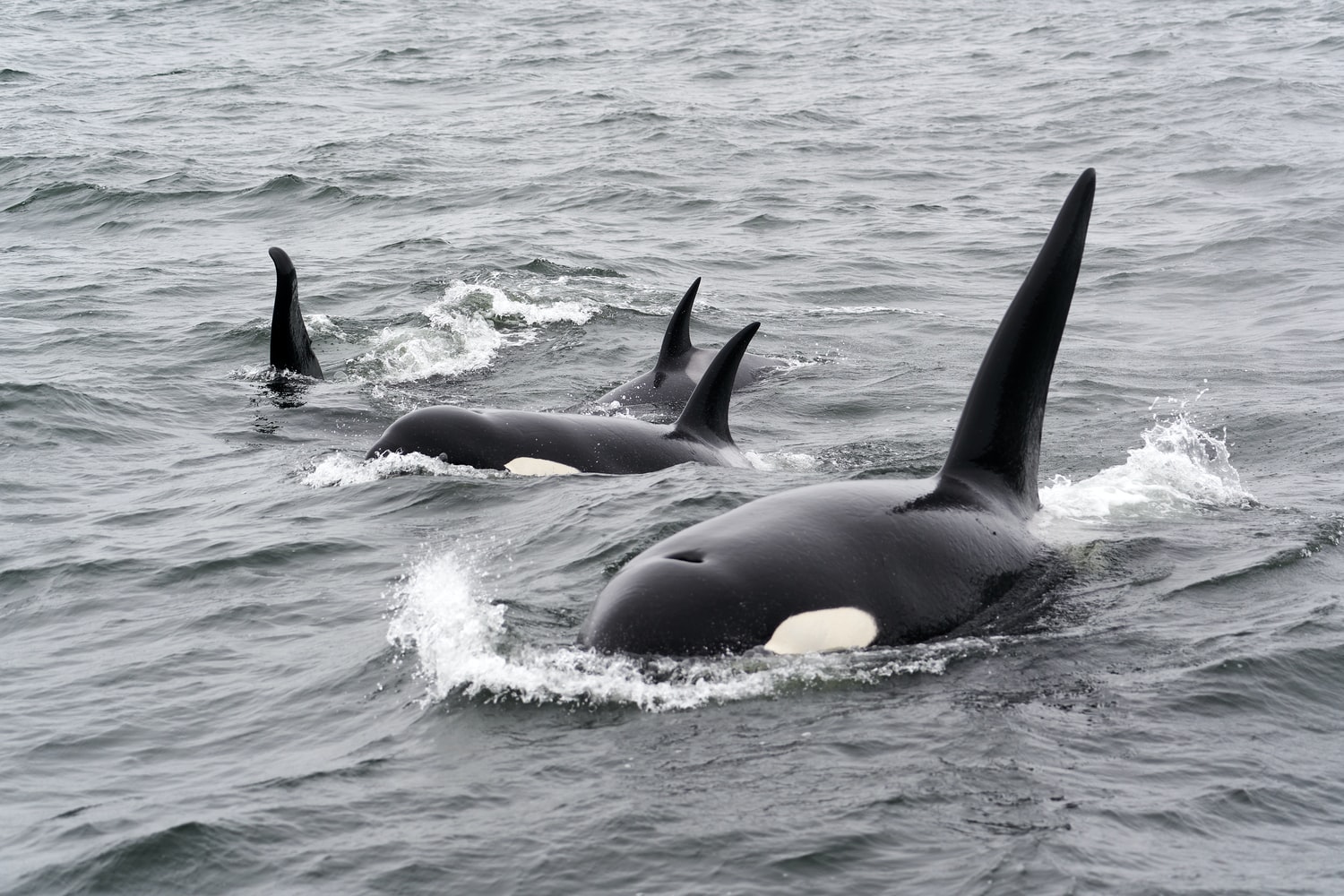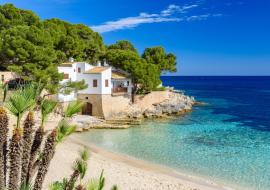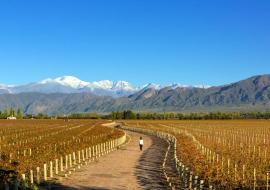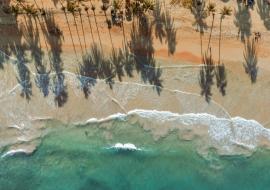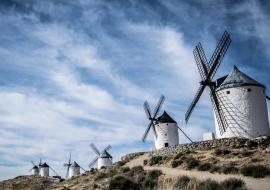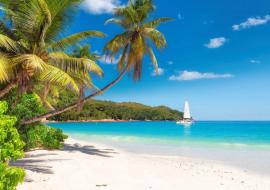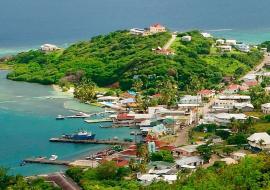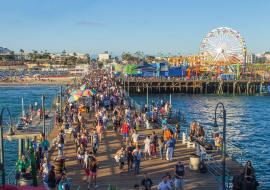Argentina's Peninsula Valdes: Home of the Beaching Killer Whales
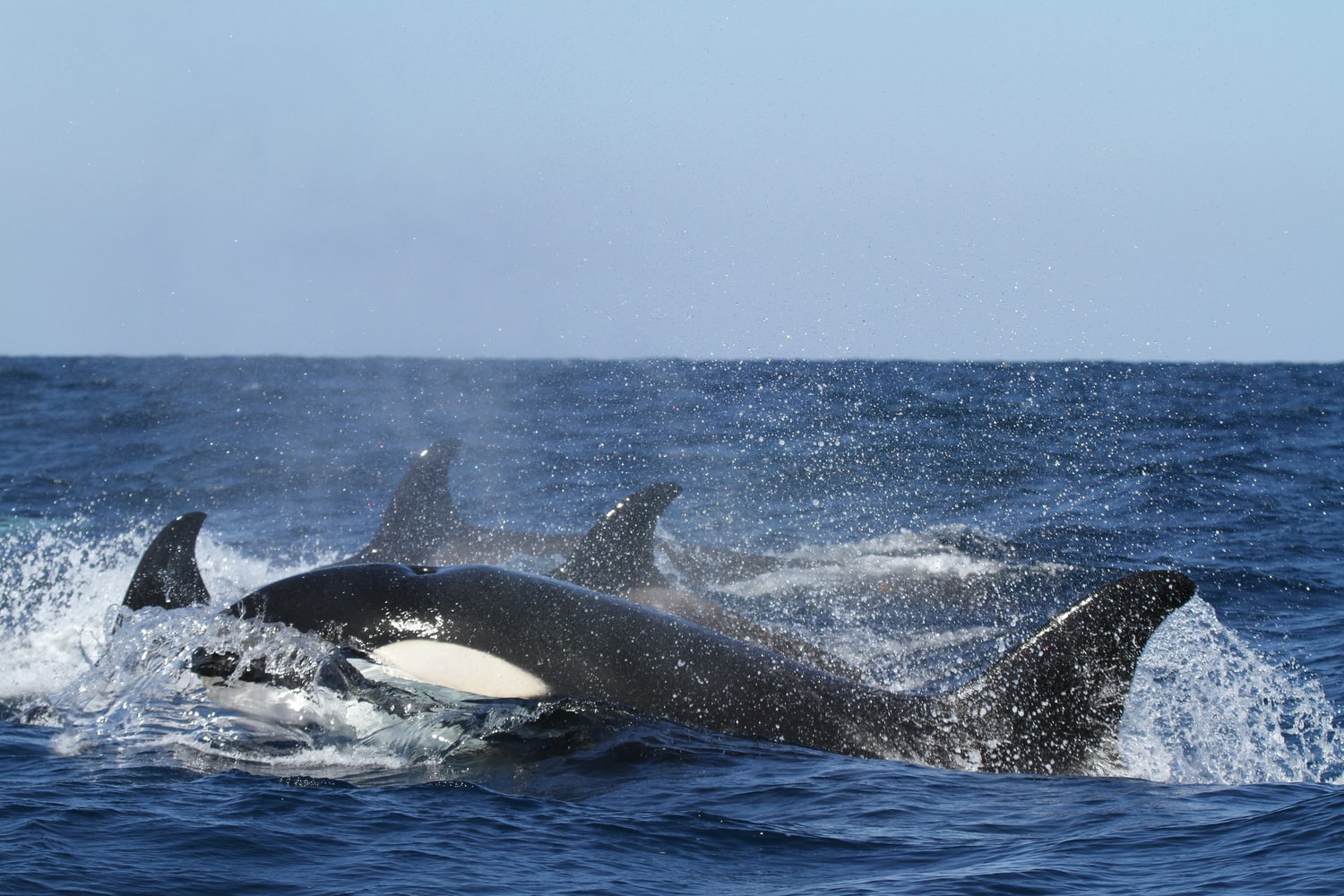
Caribbean News Digital Newsroom
Between March and May each year they can be made out near Punta Norte practicing a predatory tactic that only occurs in this part of the world. Killer whales propel their bodies outwards to hunt.
They belong to three different families, led by a female, and there are some more specimens that swim on their own. There are 23 in all. Their names are chosen by students of the Península Valdés schools by voting. Jasmin, Valen, Maga, Pao, Solei, Aiken, Karut, Mica are just some of the monikers they choose.
These are the killer whales that every year, between March and May and from September to December, beach intentionally on the seashore to hunt sea lions, a spectacle that can only be witnessed in this Argentine neck of the woods, off the coasts of Chubut, in Patagonia.
The phenomenon, unique in the world, occurs in the vicinity of Peninsula Valdes, a reservoir of biodiversity and natural life declared a World Heritage Site in 1999 by UNESCO. It is the only place where killer whales practice this technique. They do it when the tide is high and the sea is calm, at the risk of not being able to return to the ocean depths.
In other parts of the world where killer whales live, such as Norway, Canada, New Zealand or Antarctica, they feed in different ways, but always in the water.
There are two geographical vantage points from which you can observe the intentional stranding of killer whales: Punta Norte, 76 km from Puerto Pirámides (between March and May) and Caleta Valdés, 79 km away, (from late September to early December). Both offer trails and viewpoints accessible to locals and tourists who come to the area. In times of open borders, cameramen and photographers from all over the world also arrive to watch this singular and unique behavior of the killer whales.
Killer whales are year-round residents of the Valdes Peninsula. They live between 50 and 80 years and are usually grouped in matriarchal families, led by the eldest female. They can have a length of about nine meters in the case of males and six in the case of females. At 12 years of age, they reach sexual maturity and gestations, during which they give birth to one calf at a time for 17 months. The young members of the family are taught the beaching technique by their elders until they can practice all by themselves.
